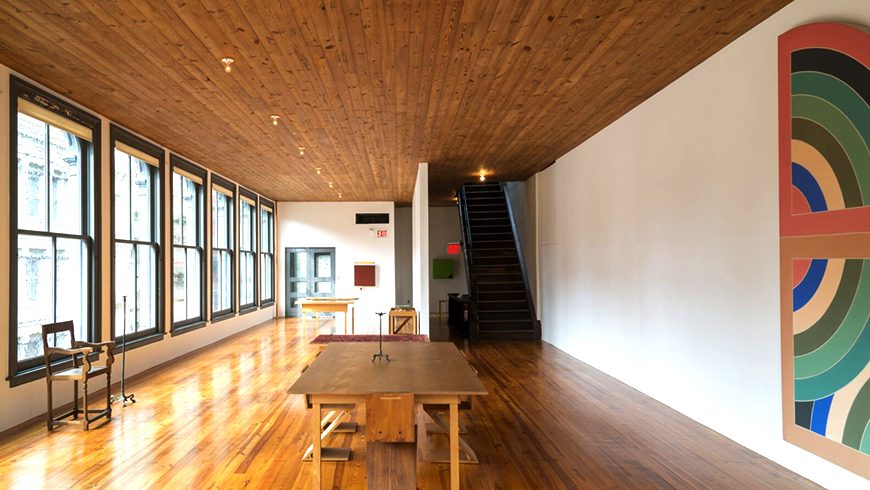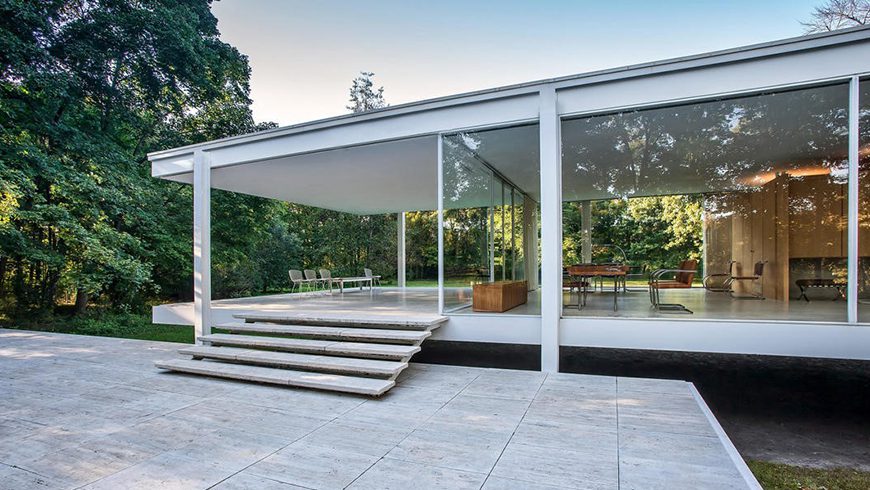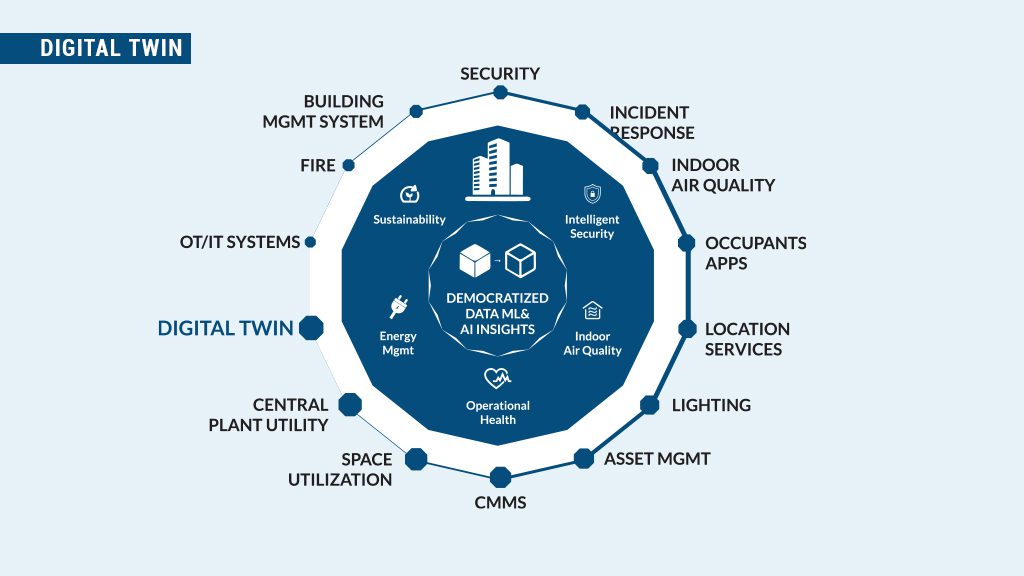
Minimalist Architecture
What is Minimalist Architecture?
Why Choose Minimalist Architecture?
Minimalist architecture is a popular choice for many reasons. Here are a few of the benefits: Simplicity: Minimalist buildings are simple and uncluttered, which can create a sense of calm and serenity. This can be especially appealing in a world that can often feel chaotic and overwhelming. Efficiency: Minimalist buildings are designed to be efficient and functional. This means that they can often be built more quickly and cost-effectively than more ornate designs. Timelessness: Minimalist buildings have a timeless quality that can help them to stand the test of time. They are not tied to a specific era or style, and can be appreciated for their simplicity and beauty for years to come.Examples of Minimalist Architecture
Some of the most iconic examples of minimalist architecture include:
The Farnsworth House: Built in 1951, this house is a classic example of minimalist architecture. It features a simple rectangular shape, with large windows that provide a connection to the surrounding nature.

The Barcelona Pavilion: Built in 1929, this pavilion is considered one of the most important examples of modernist architecture. It features a minimalist design with a focus on geometry and symmetry.
Minimalist architecture is a design style that emphasizes simplicity, efficiency, and functionality. It has become a popular choice for both commercial and residential buildings, with many famous examples around the world. By choosing a minimalist design, you can create a space that is both beautiful and functional, with a timeless quality that will last for years to come.




